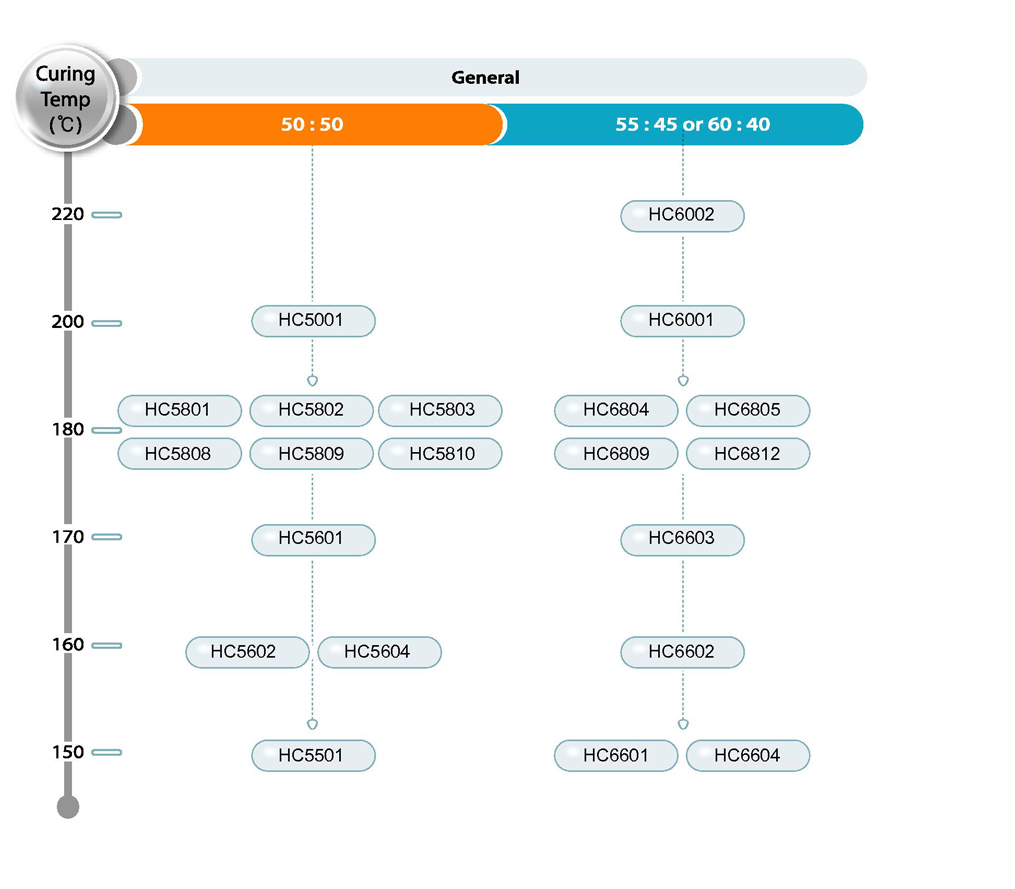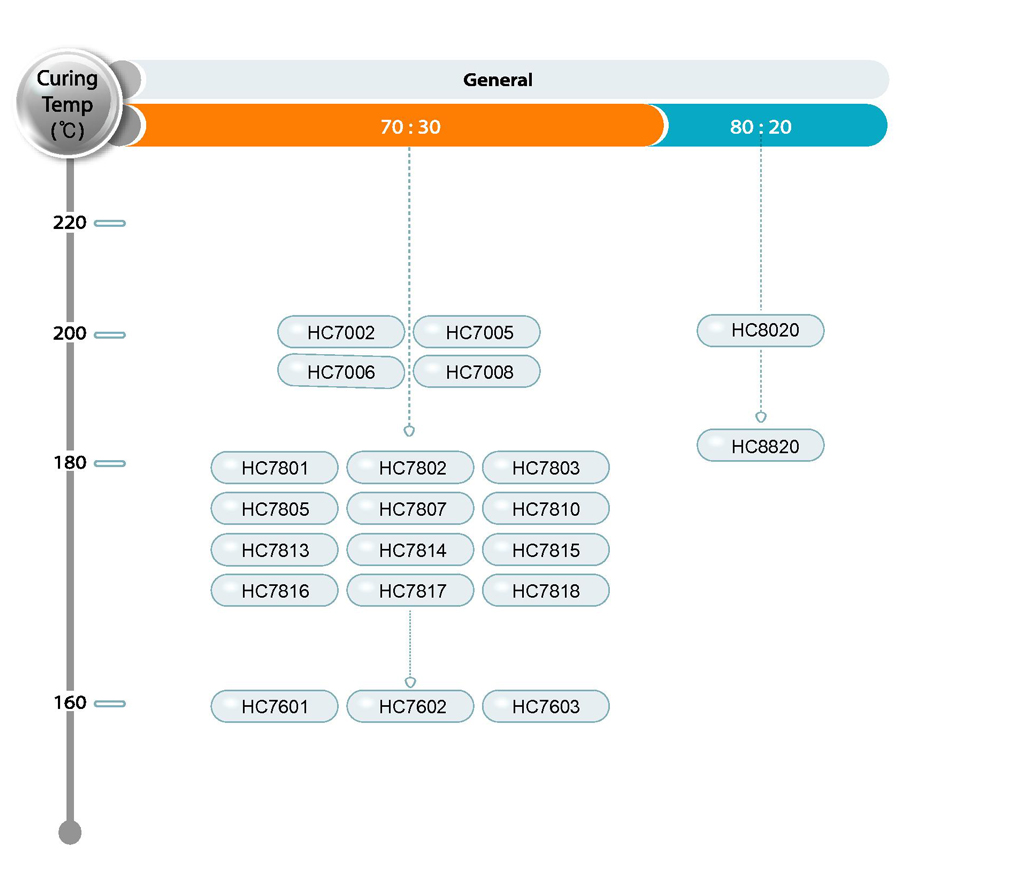Hybrid
Carboxyl terminated polyester designed for use with epoxy resin
Hybrid
Carboxyl terminated polyester designed for use with epoxy resin


The environmental restraints on VOC(volatile organic compounds) have been reinforced worldwide. Usual liquid pigments use solvents such as organic solvent and water. As the pigment hardens, the volatile components are released, resulting in serious environmental pollution. Also, multiple coats have to be applied in order to get proper coating, thus making it very inefficient and non cost effective. Polyester resins are unsaturated resin formed by the reaction of dibasic organic acids and polyhydric alcohols. Unsaturated polyesters are condensation polymers formed by the reaction of polyols(also known as polyhydric alcohols), organic compounds with multiple alcohol or hydroxy functional groups, with saturated or unsaturated dibasic acids. Hardeners, pigment fillers, and additives are mixed in to improve chemical properties. No vaporization occurs, so it is an energy efficient material. And, since this polyester resin does not use solvents, it is a good solution for concerns such as air pollution, odor, fire hazard, and toxicity. Furthermore, this polyester resin is a pale granule powder. Polyester resin users of powder coating can easily get a thick coating film for excellent coating performance to shorten the process and improve productivity with just one application. Users also can reuse leftover.paints
25 kg polyethylene bag / 500 kg super sack packaging
This product has a minimum shelf life of one year when stored in a dry place at room temp.
Keep away from heat sources and direct sunlight. Do not stack more than two pallets.
Dust may be irritating. Prevent dusty conditions. Pouring of dry powder may create static electricity and source of ignition.
Ground equipment to prevent electrical sparking. Dust may be explosive mixture with air.
Don’t use near sparks or open flame. Use only with adequate ventilation.